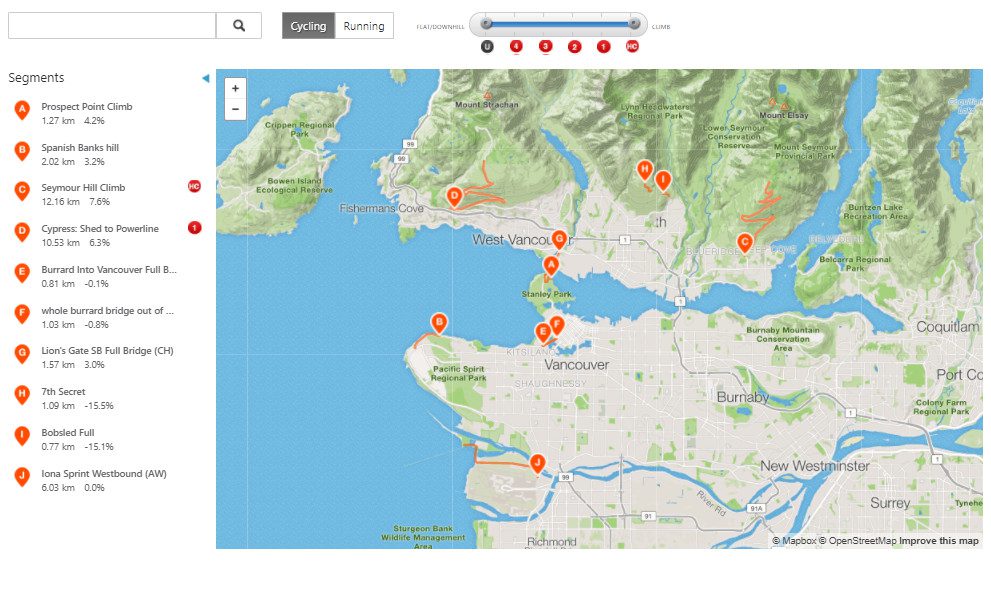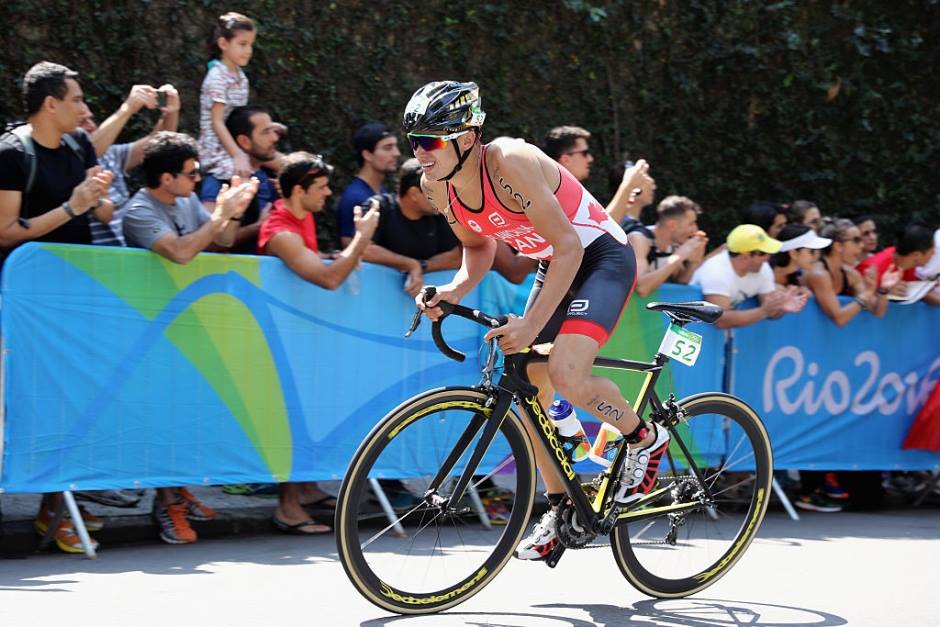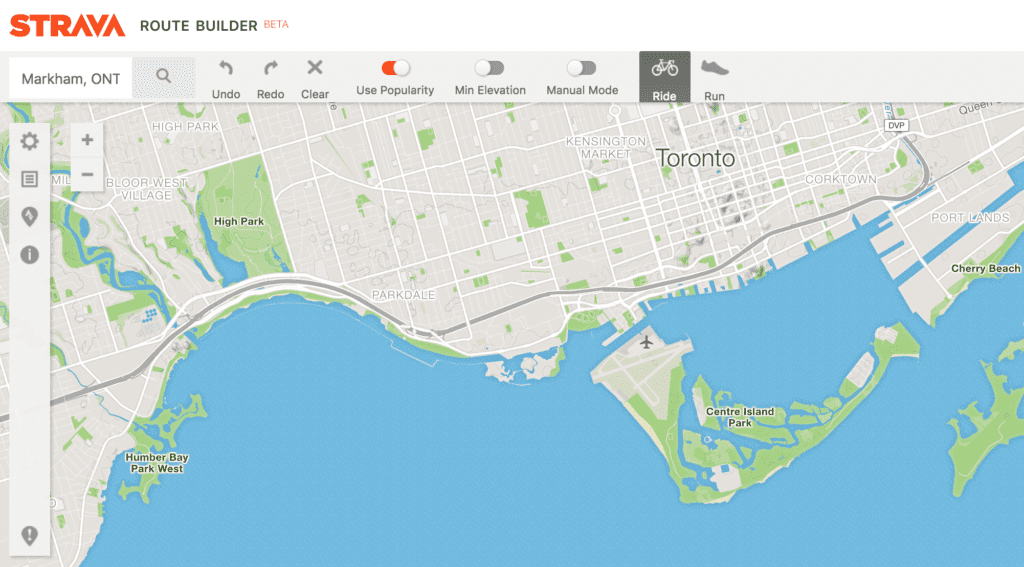How to be a triathlete on Strava
It is the 'Facebook' for healthy active living and getting outdoors

List of do’s and don’ts adopted from Jesse Thomas and his blog post on Strava Stories.
Strava! Runners and cyclists alike love this app. It is the ‘Facebook’ for healthy active living and getting outdoors. Its become so popular that it has evolved to be a great platform to share workouts and races. The app has also got a lot of traction from professional athletes. But what about triathletes? We swim, bike and run! Yes, we are on Strava too. With Strava you are able to manually or automatically sync your GPS watches/computers and share your swims, bikes and runs. And yes some of the top pros are on Strava too!
There are a number of ITU triathletes on Strava, including some of Canada’s best; Tyler Mislawchuk, Alexis Lepage, Dominika Jamnicky and Paula Findlay (transitioning into more non-draft races). But some of the most entertaining triathletes on Strava include Eric Lagerstrom and Jesse Thomas.
Jesse Thomas back in 2014 wrote an interesting blog post for Strava, where he listed the do’s and don’ts for triathletes on Strava. Here are his points, along with our own thoughts. Enjoy!
Do – Log all your workouts: Really do we have to say it? This is the point of Strava! Share your activities small or big
Do – Make up names for your workouts: Add some sizzle to your title’s, what/who you saw on your ride, feelings, a weather update, some creative pun if thats your thing. All in all, have fun with it, don’t just stick with “Morning Ride/Run/Swim/Activity…”.
Do – Follow others: If you didn’t anymore reasons to get Strava, here is another. You get to follow your friends, co-workers, family, and professional athletes. It is a community of people that you get to interact with. The interactions are able to form new bonds over physical activity, friendships and provides motivation to get out for your post work run.
Don’t – Leave your GPS on when your drive home: Don’t be that person that leaves their GPS on and takes all of the KOMs on your drive. You will be called out by the Strava community; followers and non-followers.
Do – Give kudos, comment, interact and encourage… some trash talk is okay!
Do – Upload photos: Share pictures from your activity. It adds a certain appeal to your activity and allows you to share moments: peaceful views, nature, wildlife, mechanicals, friends, whatever happens along the way.
Do – Use the training log: Besides being a great interactive app to connect with people, Strava is also a great way to log your training. With challenges and leaderboards, you are able to test yourself, as well as structure a training plan.
Don’t – Forget if you upload a non-workout photo to Instagram after your workout: If you happen to have your Instagram synced to Strava, just be aware of what you post on Instagram after a Strava. What you post will show up in your Strava activity.
Do – Test yourself on segments: Now the competitive side of Strava, both between yourself and the Strava community. Segments allow you to monitor your efforts during sections of your ride/run, as well as show you how you stack up against other Strava users. Do – Log your races: Because in triathlon we all race the same course, you are able to compare how you did in each of the legs of the triathlon. As well as, compare against other competitors; those in your age-group, in the same gender category and the pros.
Do – Log your races: Because in triathlon we all race the same course, you are able to compare how you did in each of the legs of the triathlon. As well as, compare against other competitors; those in your age-group, in the same gender category and the pros.
Do – Upload your trainer rides: If nothing else, upload in the private setting. Back to one of the above points, ‘use the training log’, a trainer ride is part of your training. Though it may not be an ‘attractive’ post, make sure to keep tabs on your training hours.
Don’t – Let Strava dictate your workouts: Segments are great, but at times they can get the best of us. If it happens or works out that you can fit in planned efforts on a particular segment, go for it. But don’t lose the simple joy it is to go outside for a ride/run.
Do – Use power tools/ride/run analysis: A great feature about Strava is that you are able to analyze your swims, rides and runs. This can be done by pace, speed, heart rate and power, all depending on the number of gadgets you have and what they measure.
Do – Use Route Builder: This is a great feature of Strava, whether you are on the road travelling or at home and want to map out a route, you are able to do so easily using the ‘Route Builder’ tab.


